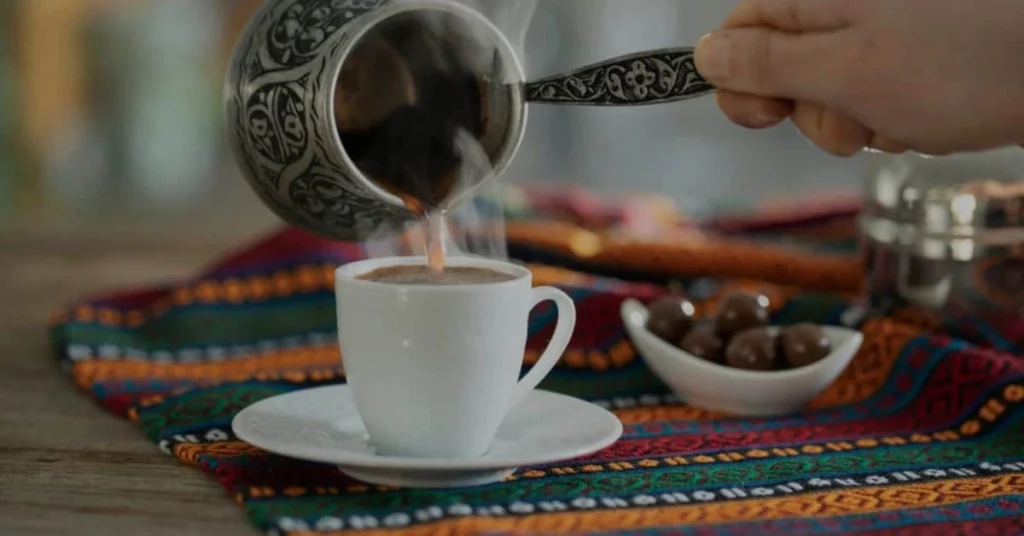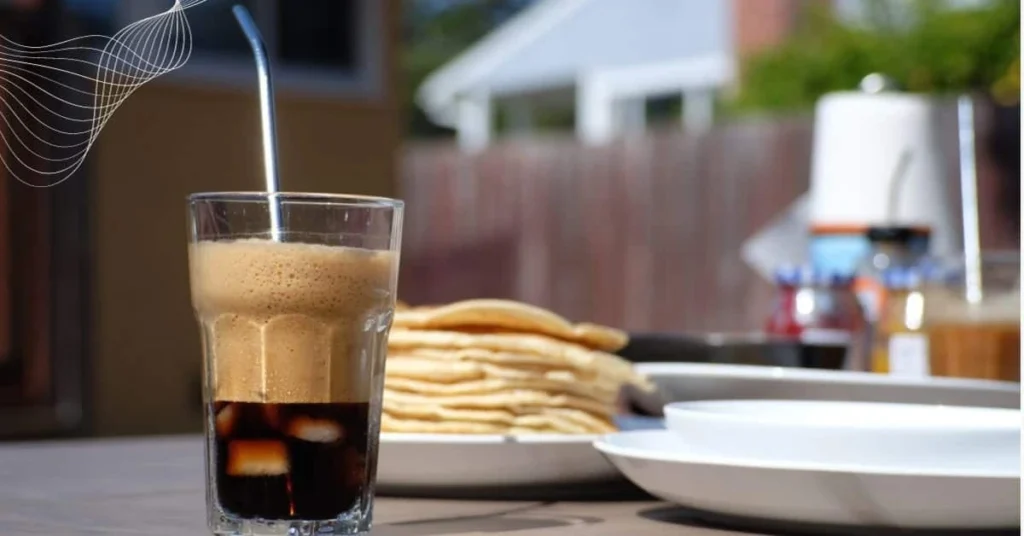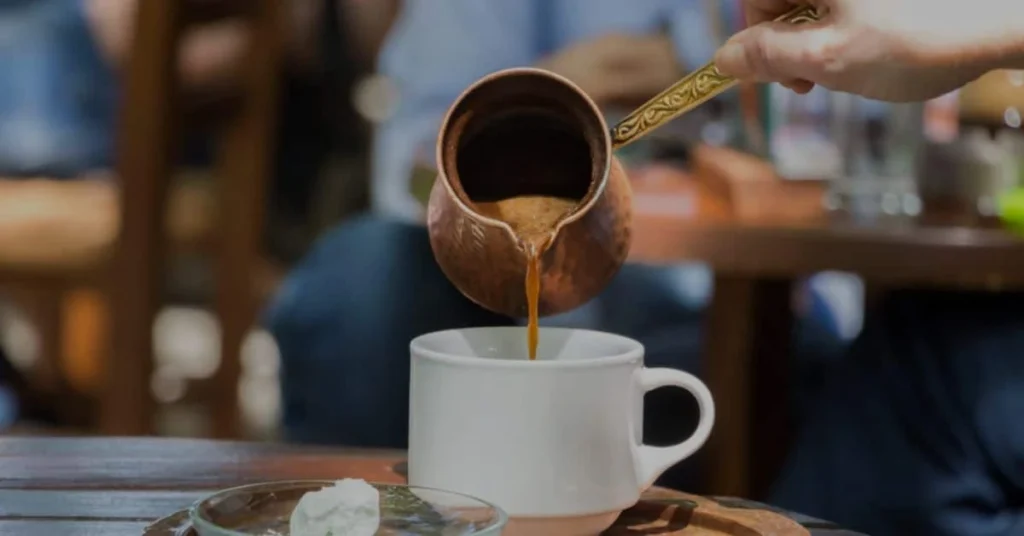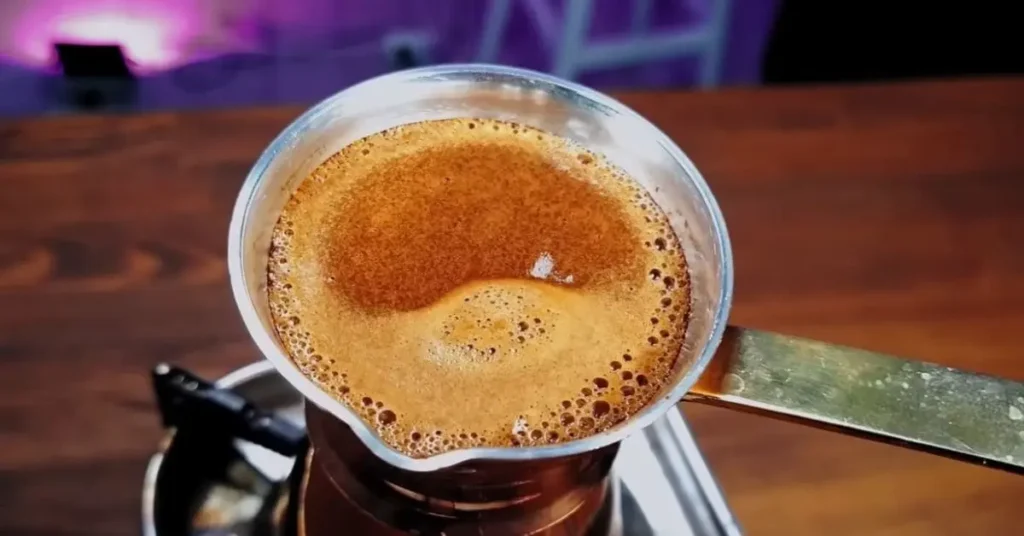Are you tired of the same old drip coffee every morning? Have you ever tried French Press coffee brewing? French Press coffee brewing is a unique way of making coffee that has been around for centuries, and is still very popular today.
In this ultimate guide, we will take you through the steps of French Press coffee brewing and provide you with tips and techniques to perfect your brewing skills. But before we dive in, let’s talk a bit about what French Press coffee brewing is and why it’s so special.
French Press coffee brewing, also known as press pot or plunger pot brewing, is a method of coffee brewing that involves steeping coarsely ground coffee beans in hot water, and then pressing the coffee grounds to the bottom of the container with a plunger. The result is a rich, full-bodied coffee with a strong flavor and aroma.
One of the unique aspects of French Press coffee brewing is the ability to control the coffee brewing process. You can adjust the amount of coffee beans, the water temperature, the steeping time, and the coffee bean-to-water ratio to create the perfect cup of coffee that suits your taste buds.
In this guide, we will explore the equipment needed for French Press coffee brewing, how to choose the right coffee beans, the step-by-step process of French Press coffee brewing, tips to perfect your brewing skills, and common mistakes to avoid.
So, grab your French Press, coffee beans, and let’s get started!
Equipment Needed for French Press Coffee Brewing
Before we get started with French Press coffee brewing, let’s go over the essential equipment you will need.
- French Press – The French Press is a cylindrical container made of glass, stainless steel, or ceramic, with a plunger and a metal or nylon mesh filter. French Presses come in various sizes, from small, single-serving ones to larger ones that can brew multiple cups of coffee at once.
- Coffee Grinder – To achieve the best flavor and aroma, it’s recommended to grind your coffee beans right before brewing. A burr grinder is the preferred choice for French Press coffee brewing, as it produces a consistent, coarse grind.
- Thermometer – The water temperature is crucial in French Press coffee brewing. A thermometer will ensure that the water is at the correct temperature range of 195-205°F (90-96°C).
- Timer – Timing is important when brewing coffee. A timer will help you keep track of the brewing time, ensuring that your coffee is not under or over-extracted.
With these essential tools in hand, you are ready to start brewing French Press coffee. But, if you want to take your brewing to the next level, here are some additional equipment and accessories that can enhance your French Press coffee brewing experience:
- Digital Scale – To achieve the perfect coffee bean-to-water ratio, a digital scale is recommended. It will ensure that you have the right amount of coffee beans and water every time.
- Gooseneck Kettle – A gooseneck kettle provides greater control over the pouring process and allows for precision when pouring water over the coffee grounds.
- Coffee Spoon – A coffee spoon is a useful tool for measuring coffee beans and stirring the coffee.
Having the right equipment is essential for French Press coffee brewing. The French Press, coffee grinder, thermometer, and timer are the minimum required tools. However, additional equipment like a digital scale, gooseneck kettle, and coffee spoon can help you achieve the perfect cup of coffee.
Choosing the Right Coffee Beans for French Press Coffee Brewing
Choosing the right coffee beans is essential for a flavorful and aromatic cup of French Press coffee. Here are some tips to help you choose the right coffee beans:
- Look for Fresh Beans – Freshly roasted coffee beans will provide the best flavor and aroma. Look for beans that have been roasted within the last two weeks.
- Choose a Coarse Grind – French Press coffee brewing requires a coarse grind to prevent over-extraction. Look for beans that are labeled as coarse or specifically for French Press coffee brewing.
- Consider the Origin – The origin of the coffee beans can affect the flavor profile of the coffee. Different regions produce different flavors and aromas. Some popular regions for French Press coffee brewing include South America, Africa, and Indonesia.
- Try Different Roasts – Roast level can also affect the flavor profile of the coffee. Dark roasts are more bold and robust, while medium and light roasts have a more complex flavor profile. Try different roast levels to find the one that suits your taste buds.
- Buy Whole Beans – To ensure freshness and flavor, it’s recommended to buy whole coffee beans and grind them just before brewing.
In addition to these tips, it’s also important to consider the quality of the coffee beans. Look for beans that have been ethically sourced and roasted by a reputable roaster.
Remember, choosing the right coffee beans is an important step in French Press coffee brewing. Take the time to explore different origins and roasts to find the perfect flavor and aroma for your cup of coffee.
Step-by-Step Guide to French Press Coffee Brewing
Now that you have the equipment and coffee beans ready, it’s time to brew some French Press coffee. Here is a step-by-step guide to French Press coffee brewing:
- Heat the Water – Start by heating water to the temperature range of 195-205°F (90-96°C). You can use a thermometer to ensure that the water is at the correct temperature.
- Grind the Coffee Beans – Grind the coffee beans to a coarse consistency. A burr grinder is the preferred choice for French Press coffee brewing.
- Preheat the French Press – Pour some hot water into the French Press and let it sit for a minute to warm up the glass or metal container.
- Add the Coffee Grounds – Add the coffee grounds to the French Press. The recommended ratio is 1:15, which means one gram of coffee for every 15 grams of water.
- Add the Water – Pour the hot water over the coffee grounds, making sure to saturate all of the coffee evenly. Use a digital scale or measuring cup to ensure that you are adding the correct amount of water.
- Stir the Coffee – Use a coffee spoon or stirrer to gently stir the coffee and water mixture. This will help the coffee grounds to fully infuse with the water.
- Place the Plunger and Let it Brew – Place the plunger on top of the French Press, but do not push it down yet. Let the coffee brew for 4-5 minutes, depending on your preferred strength.
- Press and Pour – After 4-5 minutes, slowly press down the plunger to separate the coffee grounds from the brewed coffee. Pour the brewed coffee into a cup and enjoy.
Pro tip: If you have leftover coffee, transfer it to a separate container to prevent over-extraction, which can lead to bitter tasting coffee.
If you’re interested in French Press coffee, you might find our article on the best grinder for french press coffee helpful. In that post, we review and recommend some of the top grinders on the market specifically for French Press coffee brewing.
So, if you’re looking to improve your French Press coffee game, be sure to check out our article on the best grinders. It’s a comprehensive guide that will help you make an informed decision on which grinder is right for you.
Tips for Perfecting French Press Coffee Brewing
While French Press coffee brewing is a relatively simple process, there are a few tips and tricks that can help you perfect your technique and achieve a delicious cup of coffee every time.

- Use Freshly Roasted Coffee Beans – Using freshly roasted coffee beans can make a huge difference in the taste and aroma of your coffee. Look for coffee beans that have been roasted within the past two weeks and avoid pre-ground coffee, as it can quickly lose its flavor.
- Experiment with Coffee-to-Water Ratio – The recommended coffee-to-water ratio for French Press coffee brewing is 1:15. However, you can adjust this ratio based on your personal preference. If you prefer a stronger cup of coffee, try using a 1:14 or 1:13 ratio. If you prefer a milder cup, try using a 1:16 or 1:17 ratio.
- Use the Right Water Temperature – Water temperature is critical in French Press coffee brewing. Water that is too hot can over-extract the coffee, resulting in a bitter taste, while water that is too cold can under-extract the coffee, resulting in a weak taste. The recommended water temperature range for French Press coffee brewing is 195-205°F (90-96°C).
- Experiment with Brew Time – Brew time is another factor that can greatly affect the taste of your French Press coffee. While 4-5 minutes is the recommended brew time, you can experiment with shorter or longer brew times to achieve your desired taste.
- Clean Your French Press Regularly – Regular cleaning of your French Press can help prevent buildup of oils and residue that can affect the taste of your coffee. After use, disassemble your French Press and clean all parts with warm, soapy water. Rinse thoroughly and allow to dry before reassembling.
Common Mistakes to Avoid When Brewing French Press Coffee
Despite its simplicity, French Press coffee brewing can be tricky, and there are some common mistakes that many coffee enthusiasts make. Here are some of the most common mistakes to avoid when brewing French Press coffee:
- Using the Wrong Grind Size – Using the wrong grind size can greatly affect the taste and texture of your coffee. For French Press coffee brewing, a coarse grind is recommended. If your grind is too fine, it can result in over-extraction and a bitter taste. If your grind is too coarse, it can result in under-extraction and a weak taste.
- Not Measuring Coffee and Water Accurately – Measuring your coffee and water accurately is critical in French Press coffee brewing. Using too little coffee or too much water can result in a weak and watery cup of coffee, while using too much coffee or too little water can result in an overly strong and bitter cup.
- Not Preheating Your French Press – Preheating your French Press with hot water before brewing can help maintain the optimal water temperature and prevent heat loss during brewing. Failing to preheat your French Press can result in under-extracted coffee and a weaker taste.
- Agitating the Coffee Too Much – Agitating or stirring the coffee too much during brewing can result in over-extraction and a bitter taste. It’s important to stir the coffee gently and only a few times to ensure that the grounds are evenly distributed.
- Leaving the Coffee in the French Press Too Long – Leaving the coffee in the French Press for too long after brewing can result in over-extraction and a bitter taste. It’s important to pour your coffee immediately after brewing to prevent over-extraction.
That’s a great idea! If you’re interested in perfecting your coffee brewing skills, you might find our article on most common coffee brewing mistakes helpful. In that post, we discuss some of the most common mistakes people make when brewing coffee and provide tips on how to avoid them.
By reading our post on common coffee brewing mistakes, you’ll learn about the most common issues that can affect the taste and quality of your coffee. You’ll also discover how to avoid these mistakes and make a perfect cup of coffee every time. So, if you’re looking to elevate your coffee brewing skills, be sure to check out our article.
Conclusion
French Press coffee brewing is a simple yet effective way to brew a delicious cup of coffee. By following the step-by-step guide and tips outlined in this article, you can master the art of French Press coffee brewing and enjoy a rich and flavorful cup of coffee every morning.
Choosing the right coffee beans, measuring your coffee and water accurately, preheating your French Press, and using the correct grind size are all crucial elements to achieving a perfect French Press coffee. Additionally, avoiding common mistakes like agitating the coffee too much and leaving the coffee in the French Press for too long can help you to achieve a perfect cup of coffee.
Remember to experiment with different coffee beans and brewing techniques to find the perfect cup of coffee that suits your taste buds. With some practice and patience, you can become a French Press coffee brewing expert and enjoy a delicious and satisfying cup of coffee at home.
So, grab your French Press and some quality coffee beans and start brewing your perfect cup of coffee today!
Ronsil
Meet Ronsil, the master barista behind EspressoRivo. With years of experience in the coffee industry, he brings a wealth of knowledge and passion to the table. As the owner of a successful coffee shop, Ronsil is a sought-after adviser in the field. His expertise and love for the craft shines through in every cup he serves. We are honored to have him as part of our team at EspressoRivo






